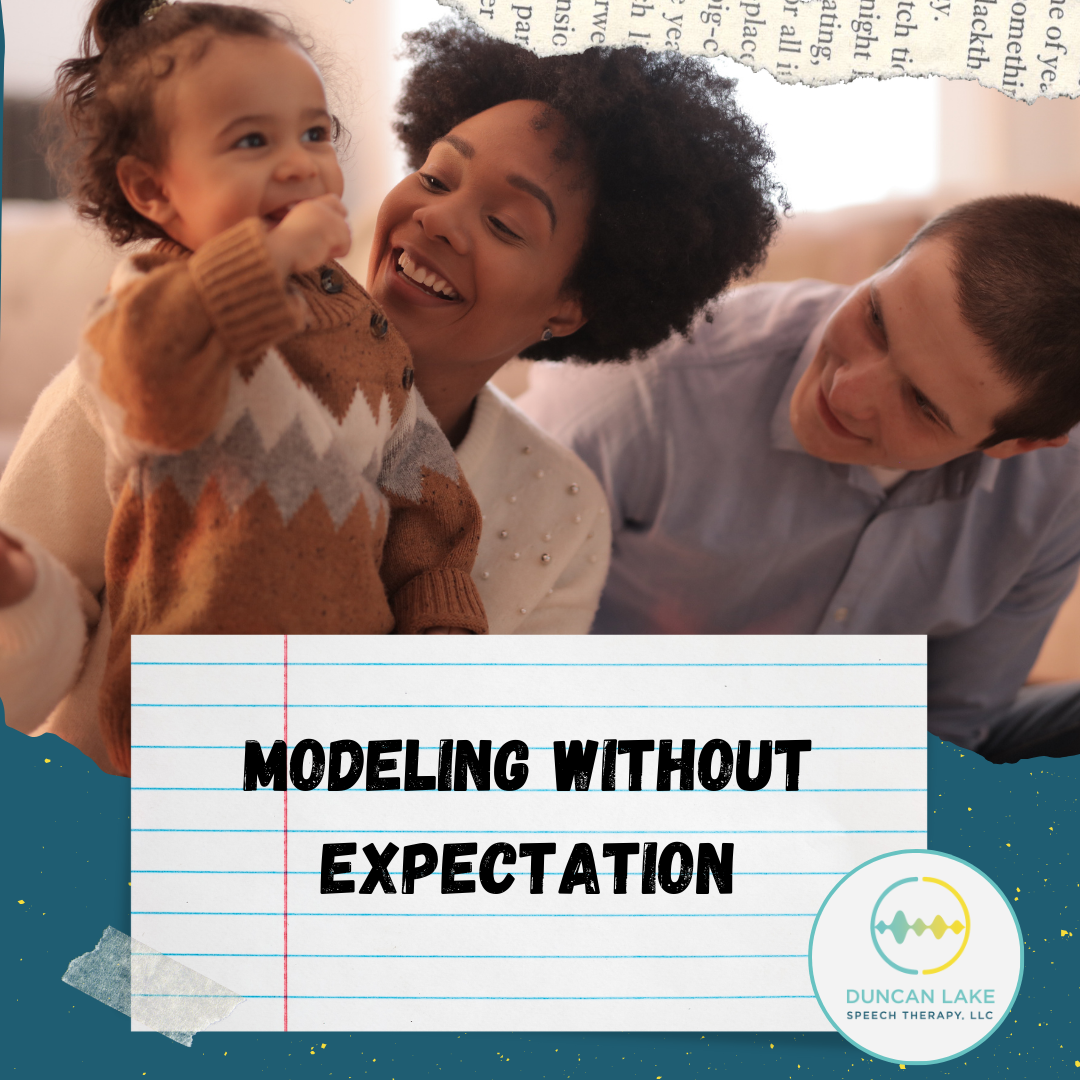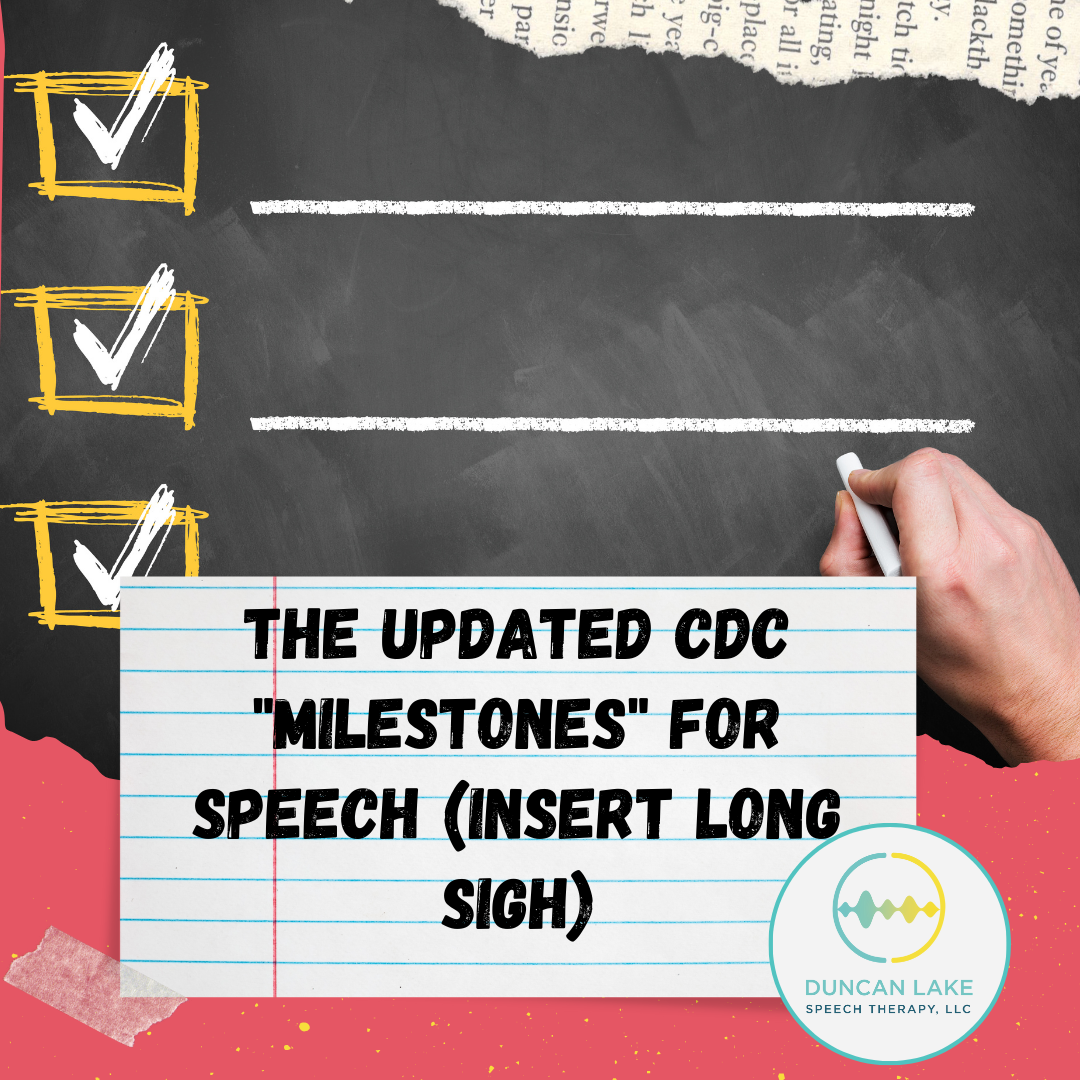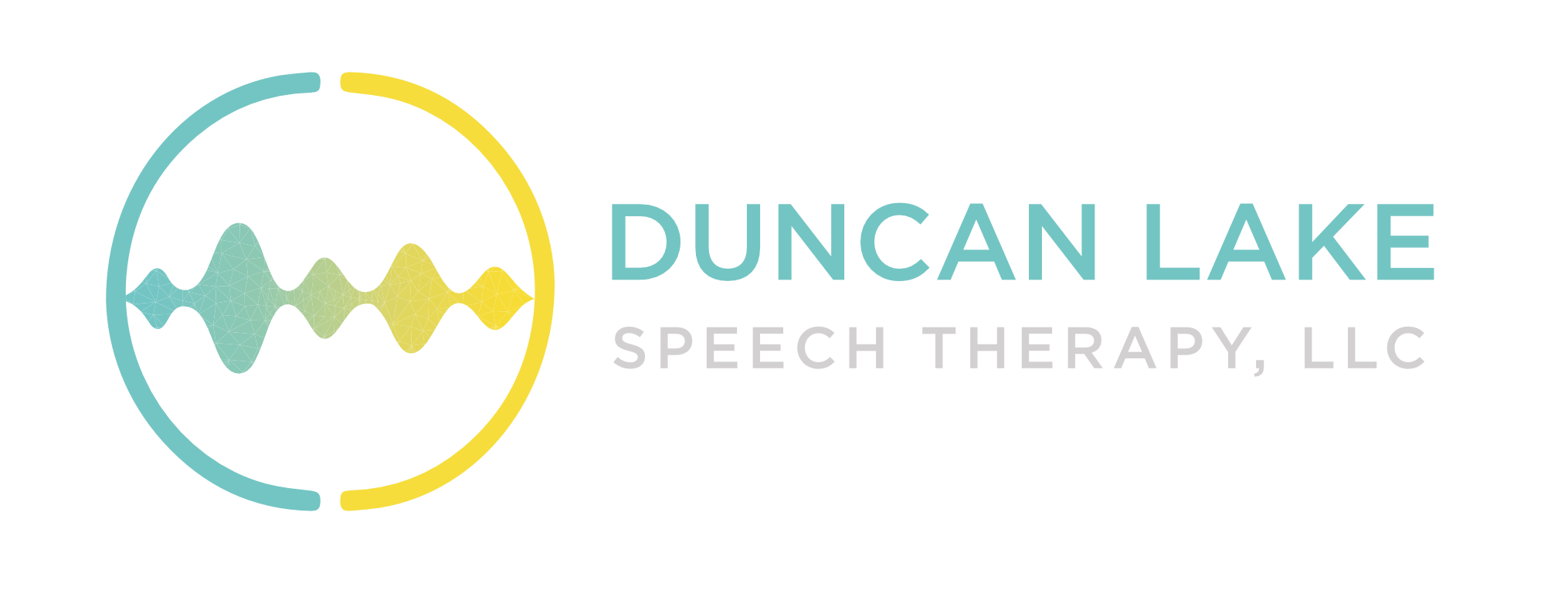
by Tami Teshima | Mar 26, 2025 | Autism, Neurodivergence
by Tamiko Teshima, M.A, CCC-SLP Practice Owner & Speech-Language Pathologist Duncan Lake Speech Therapy, LLC At Duncan Lake Speech Therapy, we believe that all communication is valid. In honor of Autism Acceptance Month, we’re taking a deeper look at what it means...
by Tami Teshima | Mar 6, 2025 | Social Communication
For many people, chatting with coworkers, knowing when to speak up in a meeting, or picking up on social cues comes naturally. But for those with social communication disorders, these everyday interactions can feel like navigating an obstacle course. These challenges...

by Tami Teshima | Feb 19, 2025 | Animal-Assisted Therapy
by Tamiko Teshima, M.A., CCC-SLP Practice Owner and Speech-Language Pathologist Duncan Lake Speech Therapy, LLC When Ace, a golden retriever/yellow Labrador mix, and Magee, a black Lab, first came into my home, they were more than just puppies—they were future service...

by Tami Teshima | Feb 17, 2025 | Language Development
by Tamiko Teshima, M.A., CCC-SLP Practice Owner & Speech-Language Pathologist Duncan Lake Speech Therapy, LLC When children are developing language skills, how we communicate with them matters. We’ve talked about many different ways to have more enriching...

by Tami Teshima | Feb 3, 2025 | Brain Injury
by Tamiko Teshima, M.A., CCC-SLP Practice Owner & Speech-Language Pathologist Duncan Lake Speech Therapy, LLC If you’ve been reading blog posts here at DLST for a while, you know how I feel about concussions. You also probably know how I feel about the NFL...

by Tami Teshima | Jan 1, 2025 | Research
by Tamiko Teshima, M.A., CCC-SLP Practice Owner & Speech-Language Pathologist Duncan Lake Speech Therapy, LLC Ever wondered how communication disorders impact people in the criminal justice system? We’ve broken down a fascinating research review that explores this...

by Tami Teshima | Jan 1, 2025 | Accent Modification
by Tamiko Teshima, M.A., CCC-SLP Duncan Lake Speech Therapy, LLC Updated January 2025 When my husband and I first started dating, he used to comment on how my Michigan accent really came out when I was very happy (and also very angry). This accent softened quite a bit...

by Tami Teshima | Dec 6, 2024 | Language Development
by Tamiko Teshima, M.A., CCC-SLP Practice Owner & Speech-Language Pathologist Duncan Lake Speech Therapy, LLC The holiday season is full of opportunities to connect, create memories, and—without much extra effort—boost your child’s language skills! Everyday...

by Tami Teshima | Dec 5, 2024 | Language Development
by Tamiko Teshima, M.A, CCC-SLP Practice Owner & Speech-Language Pathologist Duncan Lake Speech Therapy, LLC If you’re a parent, you may have noticed that the CDC updated their developmental milestones, including speech and language benchmarks, in 2022....

by Tami Teshima | Nov 15, 2024 | Language Development
Thanksgiving brings with it a lot of time for family togetherness, food, and of course, opportunities of learning language! Looking for ways to incorporate some language-enriching activities into your holiday? Look no further! MEAL PREPARATION Following Directions...











Recent Comments